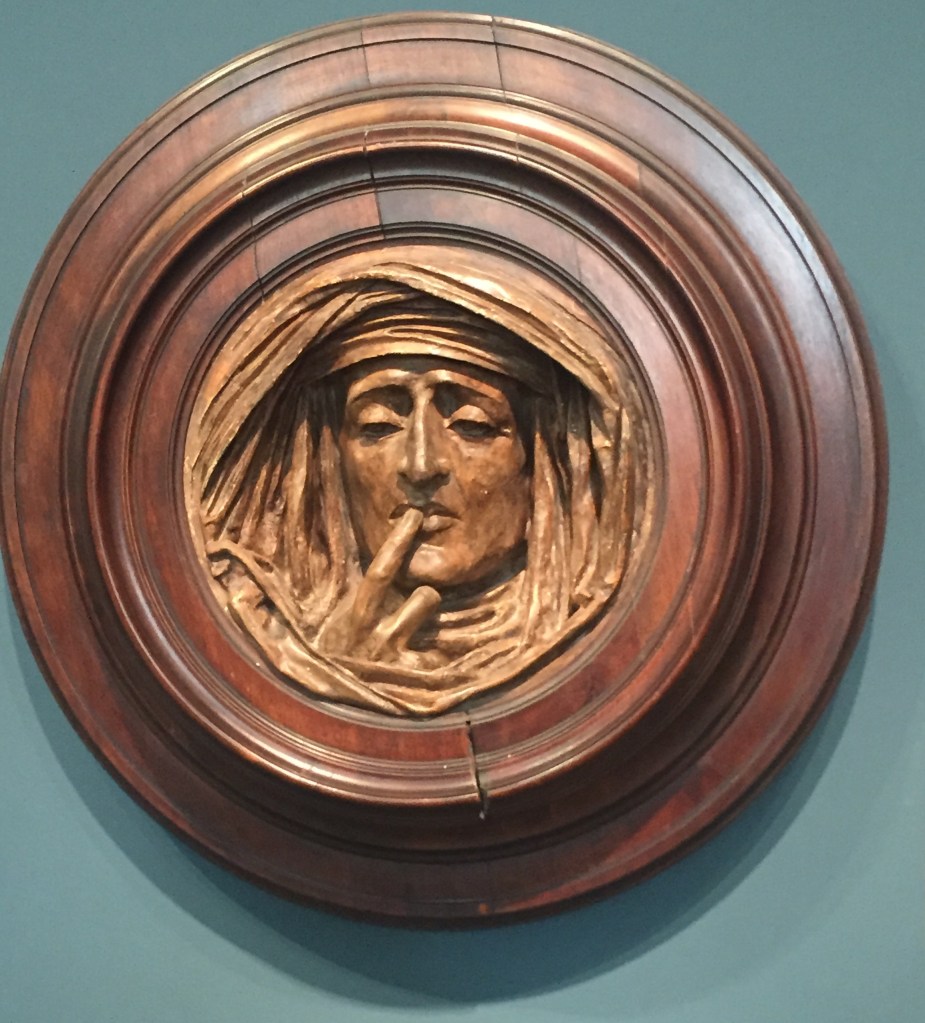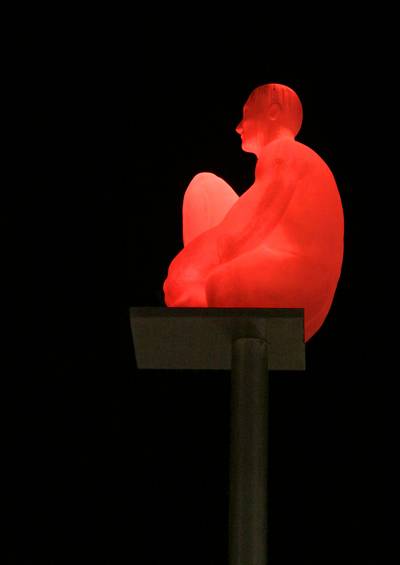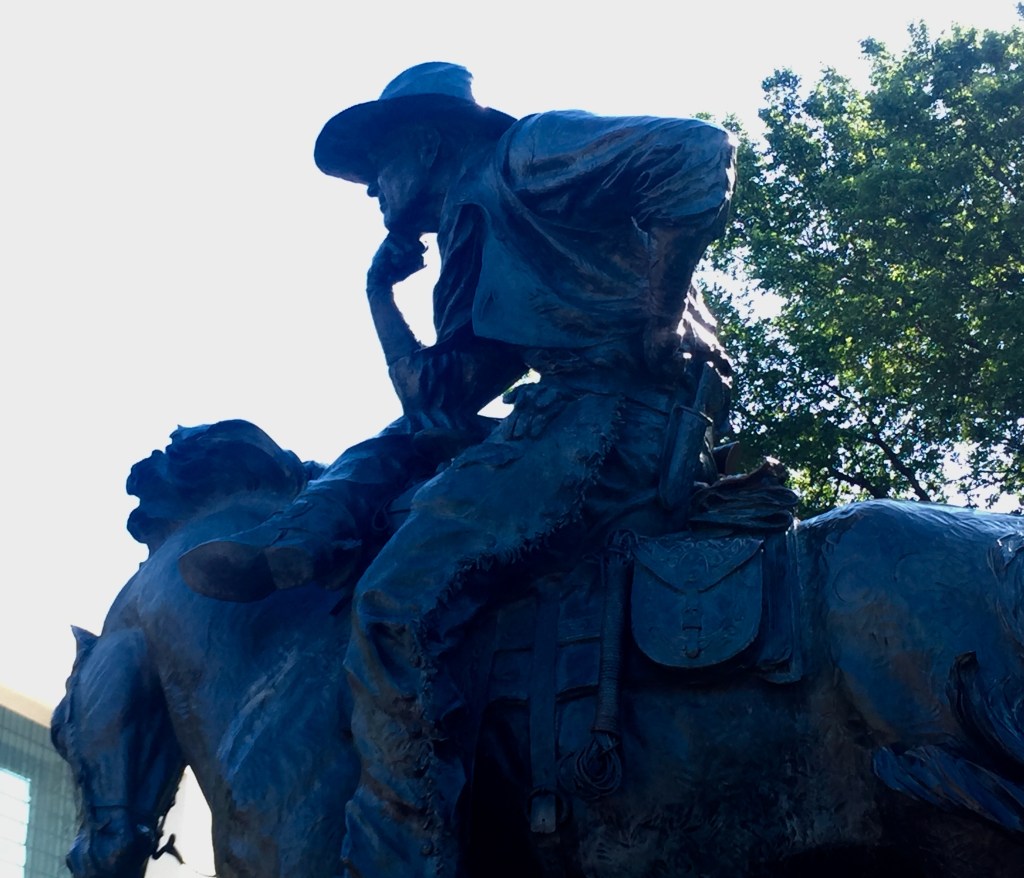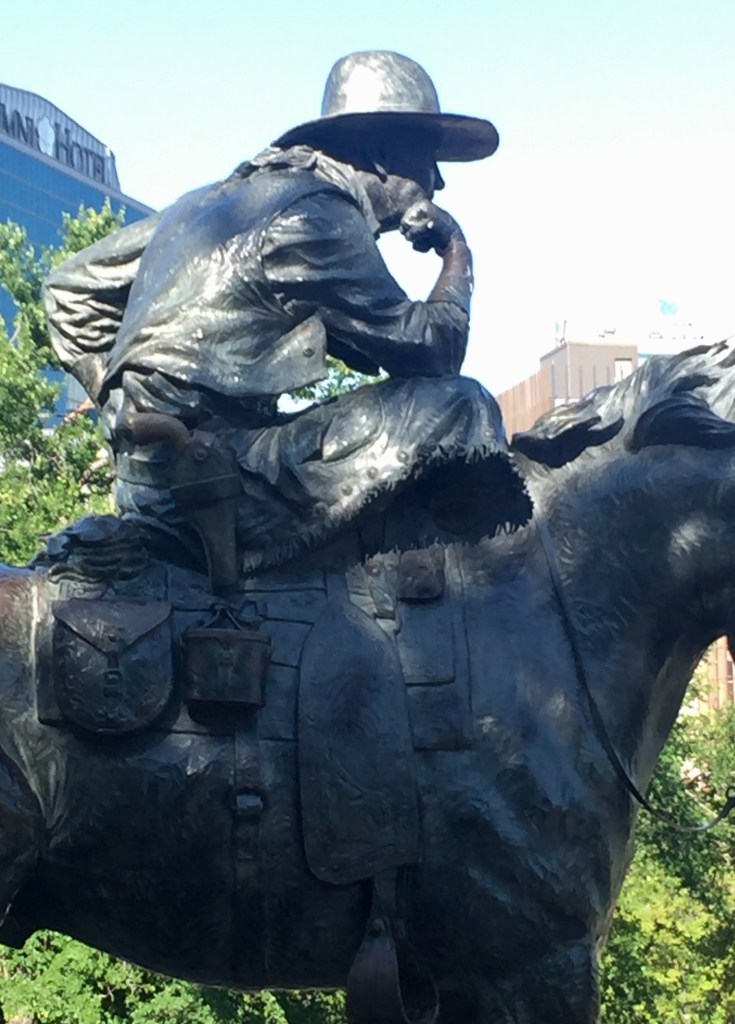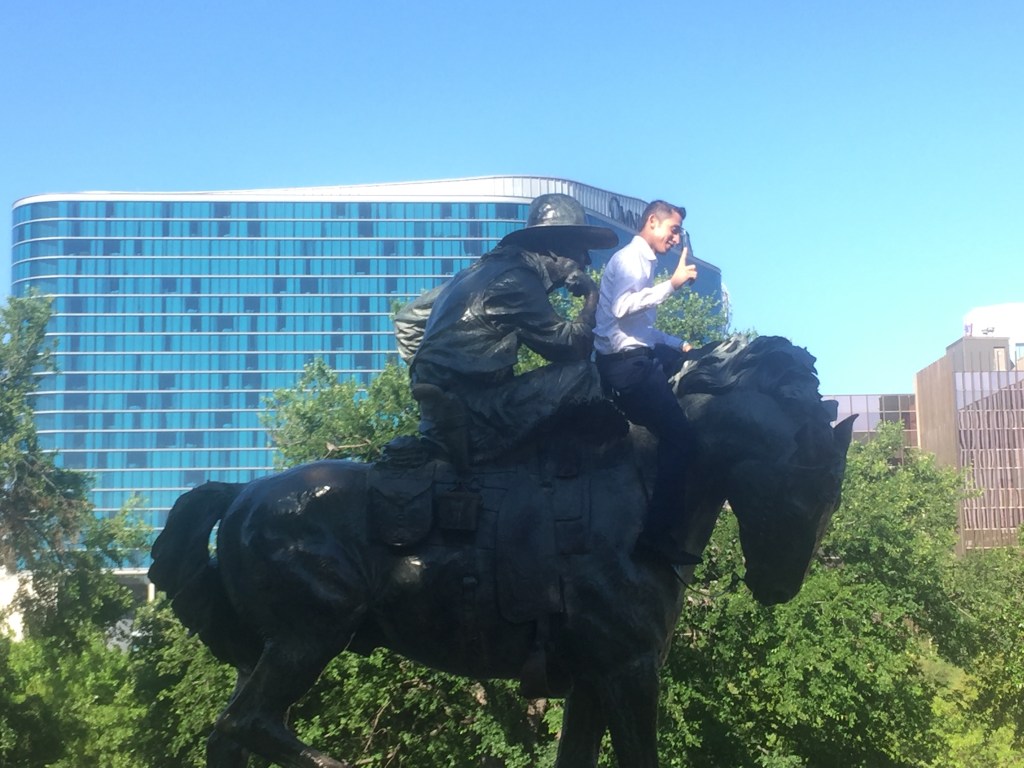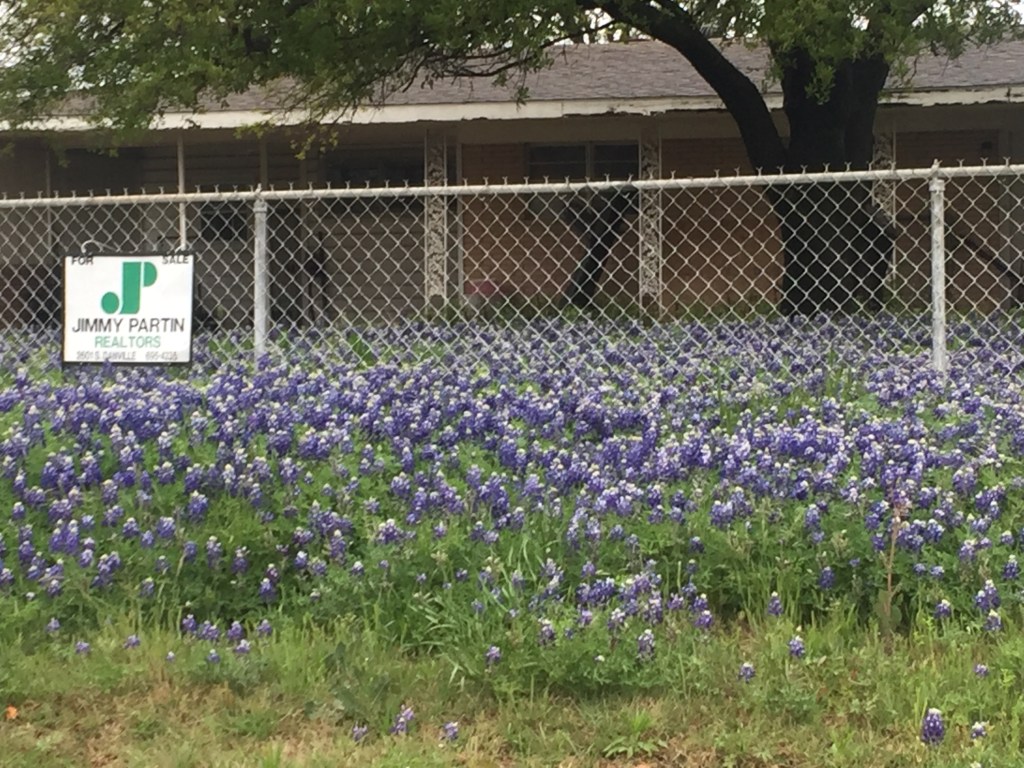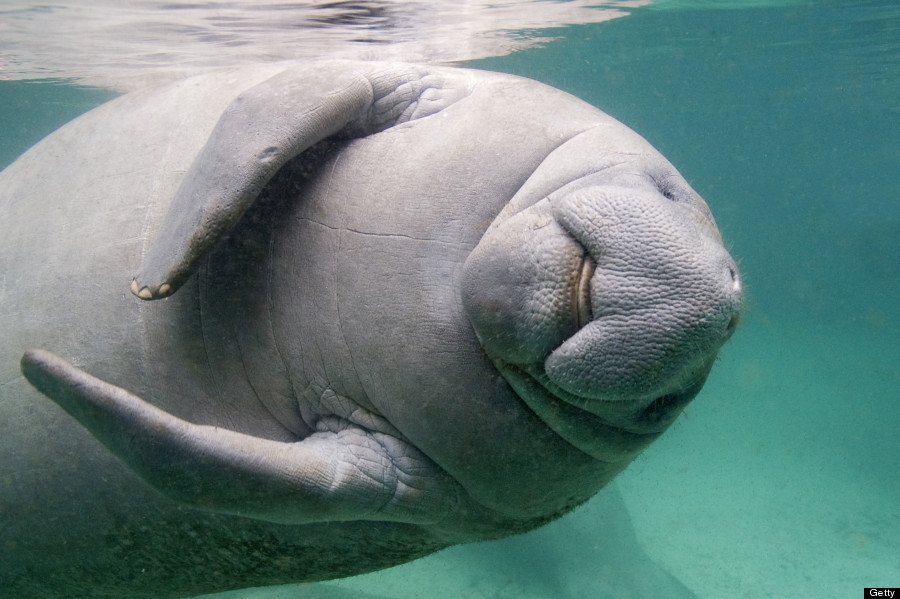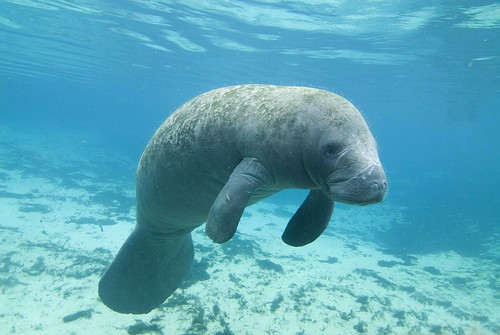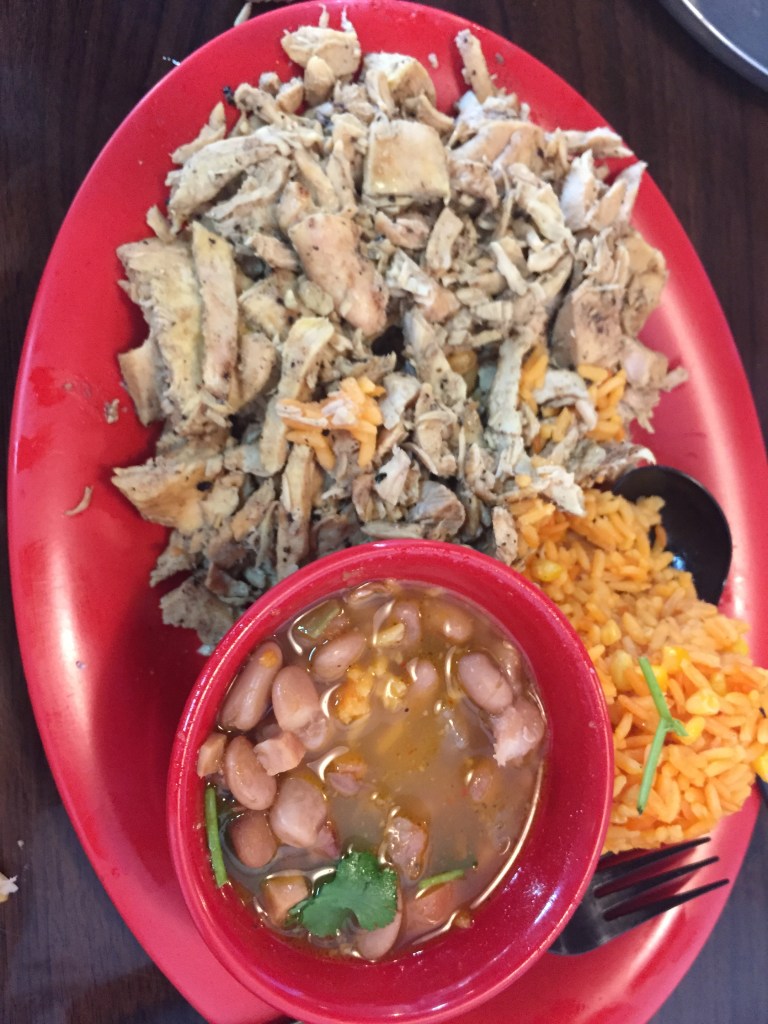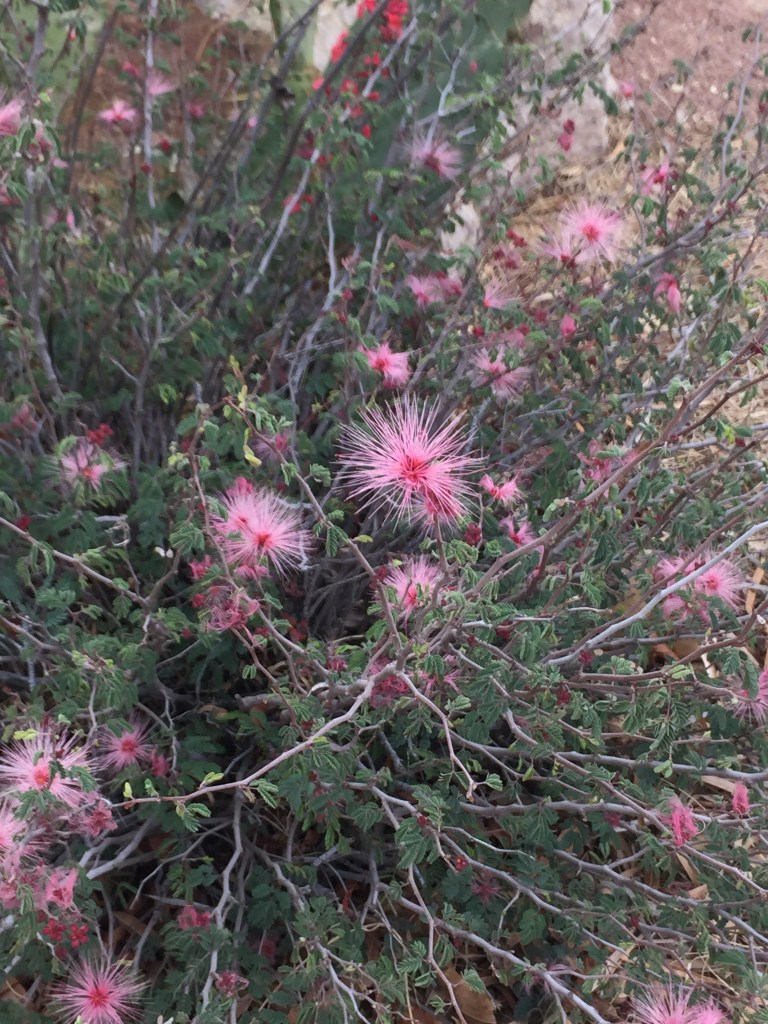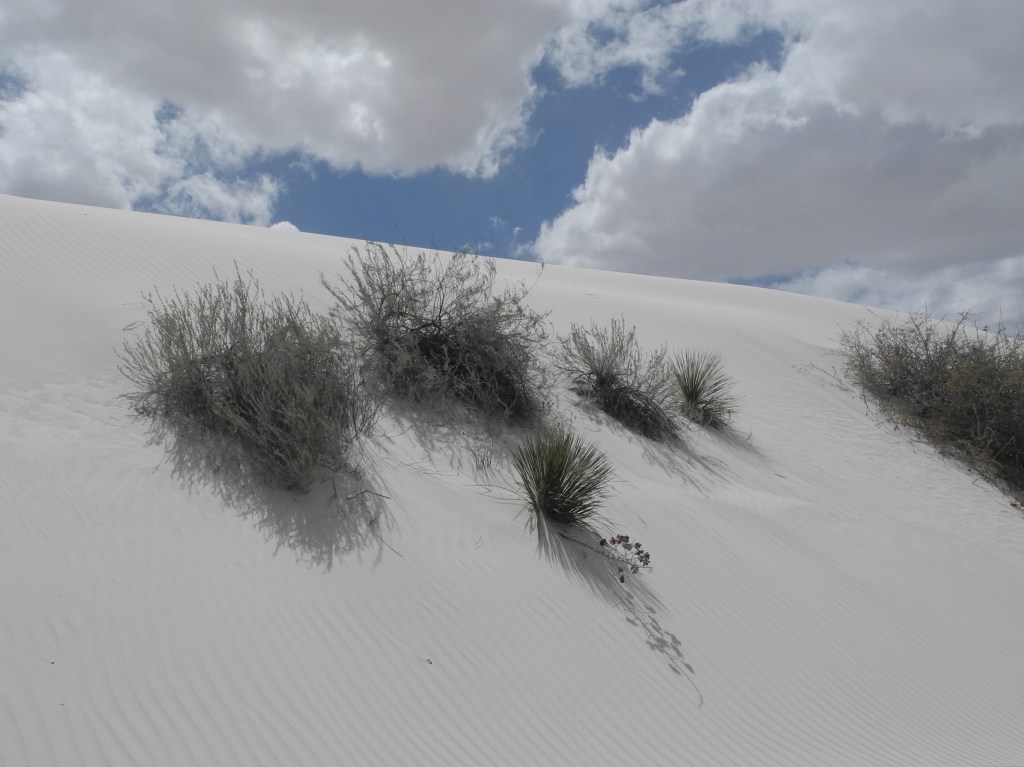I watched a man at the ATM. He got an ATM slip but walked away with no cash. A few moments later when he entered the bank I noticed his shirt said “Denier.”
In the city of Columbus, Ohio there are no U turns allowed. My husband loves making U turns! He was not enjoying driving there. And then I saw a sign that said “Traffic Calming Ahead.” Well, that was just what we needed right then!
Turns it out that message actually means driver should be aware of a “change in the ‘geometry’ in the road surface.” What? I never did understand geometry!!
I read some place that you should explore FTD before age 60? What?? My mother worked for years in a flower shop and FTD stood for Florists’ Transworld Delivery. Now FTD is better recognized as ” Short for frontotemporal degeneration, FTD is the most common form of dementia for people under age 60 (young onset). FTD is frequently misdiagnosed as Alzheimer’s, depression, Parkinson’s disease, or a psychiatric condition.” A far cry from roses!
One more bank story. My husband likes to count out brand new dollar bills that are in sequential order into the hand of a grandchild celebrating a birthday. He also likes to make a money roll of singles for each grandchild as a Christmas gift. Lately he has had difficulty getting the bank to sell him a new stack of dollars, even at the larger downtown location. His bank now has a fancy ATM that will dispense your cash in whatever denomination equals your available cash as requested. In order words if you ask for $37.00 you can request one $20, two $5s and seven $1s. He began noticing that the $1s that were dispensed were mostly spanking new and in sequential order! Oh what a happy man he was that day! Guess how many stops we will be making at the ATM close to the CHristmas holiday?!


